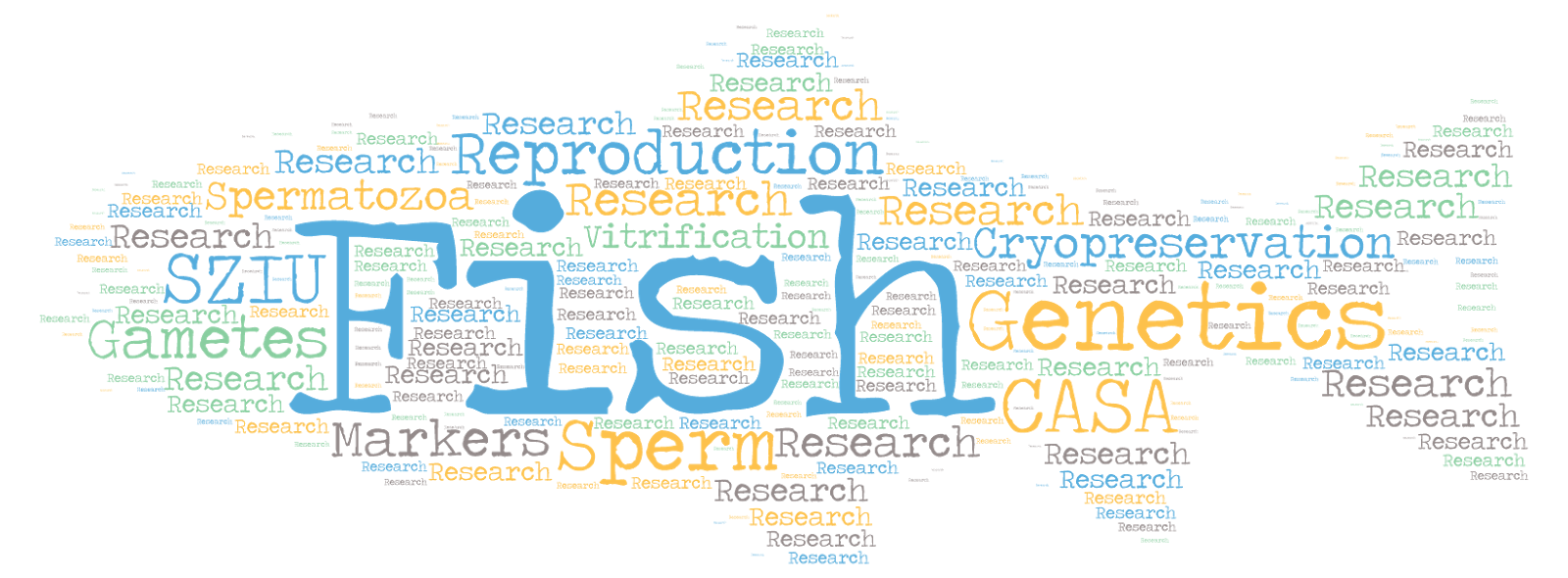A new paper in collaboration with
our colleagues from University of South Bohemia in Česke Budejovice, Faculty of
Fisheries and Protection of Waters (Czech Republic) has been accepted for
publication in PlosOne.
Franěk R., Marinović Z., Lujić J., Urbányi B., Fučíková M., Kašpar V., Pšenička M., Horváth Á. 2019. Cryopreservation and transplantation of common carp spermatogonia. PLoS One. 14(4):e0205481. DOI: 10.1371/journal.pone.0205481
Abstract
Common carp (Cyprinus carpio) is one of
the most cultured fish species over the world with many different breeds and
plenty of published protocols for sperm cryopreservation. However, data
regarding preservation of gonadal tissue and surrogate production is still
missing. A protocol for freezing common carp spermatogonia was developed
through varying different factors along a set of serial subsequent experiments.
Among the six cryoprotectants tested, the best survival was achieved with
dimethyl sulfoxide (Me2SO). In the next experiment, a wide range of cooling
rates (0.5–10°C/min) and different concentrations of Me2SO were tested
resulting in the highest survival achieved using 2 M Me2SO and cooling rate of
-1°C/min. When testing different tissue sizes and incubation times in the cryomedia,
the highest viability was observed when incubating 100 mg tissue fragments for
30 min. Finally, sugar supplementation did not yield significant differences.
When testing different equilibration (ES) and vitrification solutions (VS) used
for needle-immersed vitrification, no significant differences were observed
between the tested groups. Additionally, varied exposure time to VS did not
improve the vitrification outcome where the viability was 4-fold lower than
that of freezing. The functionality of cryopreserved cells was tested by
interspecific transplantation into sterilized goldfish recipients. The
exogenous origin of the germ cells in gonads of goldfish recipient was
confirmed by molecular markers and incorporation rate was over 40% at 3 months
post-transplantation. Results of this study can serve for long-term
preservation of germplasm in carp which can be recovered in a surrogate
recipient.









